Suborder: Zygoptera. Superfamily: Coenagrionoidea. Family: Coenagrionidae
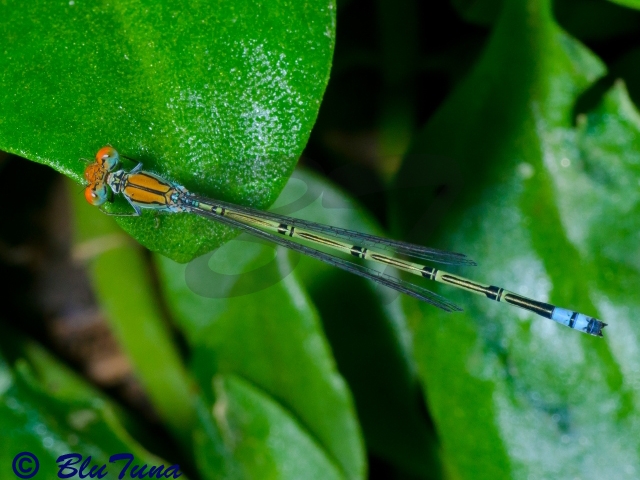 © BluTuna
© BluTunaMale
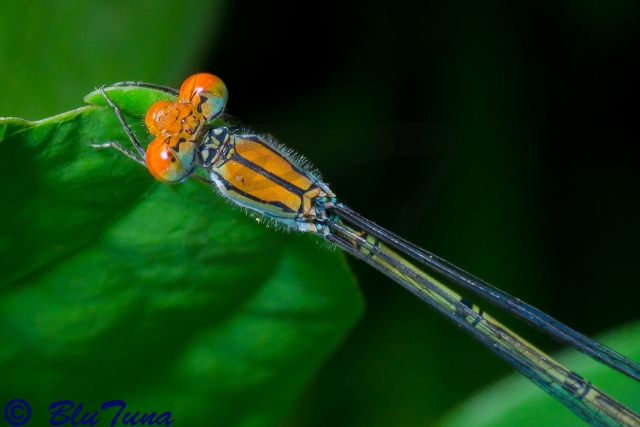 © BluTuna
© BluTunaKruger National Park
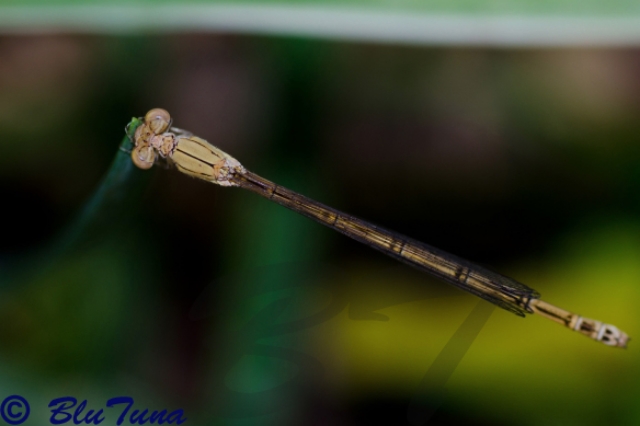 © BluTuna
© BluTuna Female, Kruger National Park
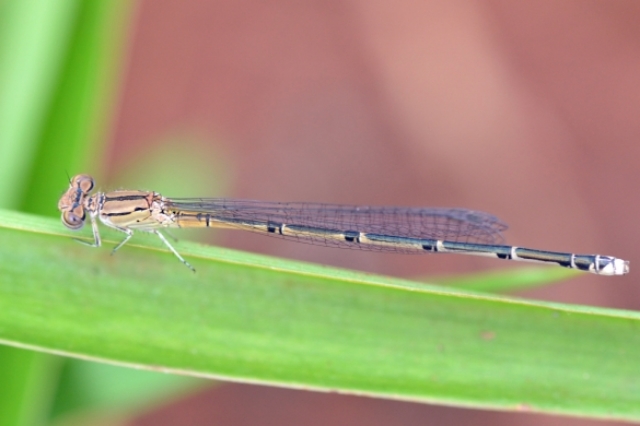 © BluTuna
© BluTuna Female, Kruger National Park
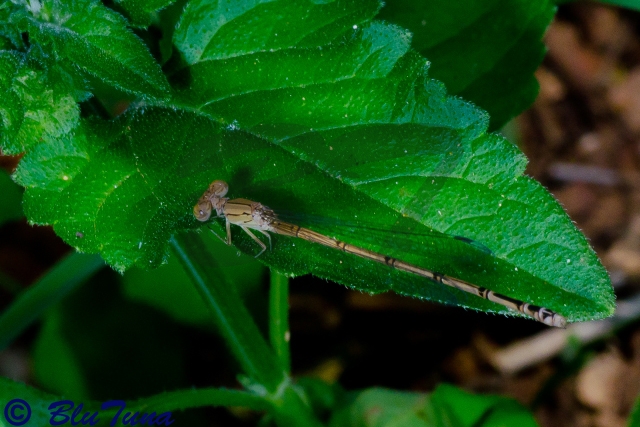 © BluTuna
© BluTunaFemale, Kruger National Park
Description
Medium-sized. Body length: 38-39 mm. Hindwing length: 18.5-19 mm. Claw-like tips of their lower appendages, point upwards towards the upper appendages.
Rusty-headed with light green back of head, and orangy red thorax with green, black-ringed abdomen and blue tip.
Face: all rusty orangy red with fine, black tracery. Head above with black tracery against orangy red, but occiputs distinctly light green
Eyes: red-orange in front and green-blue behind.
Prothorax: blue-green with black tracery.
Synthorax:rusty orangy red above, light greenish blue at sides and below.
Wings: clear.
Pterostigmas: reddish brown.
Abdomen: S2-7 lime green with black dorsal lines and black rings. S8-9 bright pale blue, with partial black rings.
Female: dull brown and black.
Distribution
The species is widespread from Natal to Tanzania, Angola, Democratic Republic of Congo. In Southern Africa, this species is widespread in the tropical north, ranging southwards to Natal. It is not found in the Cape or the arid south-west. Localised, below 300 m a.s.l. in the east. Northern Cape Province, northern KwaZulu-Natal, becoming more abundant in Mpumalanga (Kruger National Park).
Habitat
Rivers and floodplains. Swift, hot savanna lowveld streams and rivers with grass fringes. Perches on emergent sticks and vegetation in main current.
Biology
Flight period: November to May
Glides rapidly over and close to water surface when disturbed, regularly returning to favoured perch.
Links:
http://thebdi.org/2020/05/20/acacia-spr ... n-acaciae/
Warwick Tarboton Photos
https://www.dragonflies.co.za/index.php ... sia-sprite
http://www.dragonflies-id.co.za/Damself ... prite.html



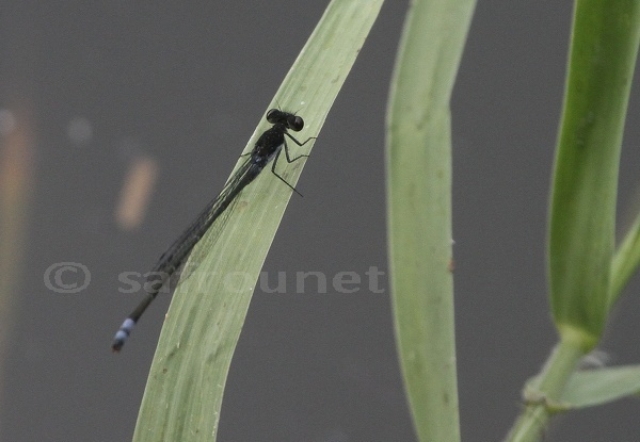 © nan
© nan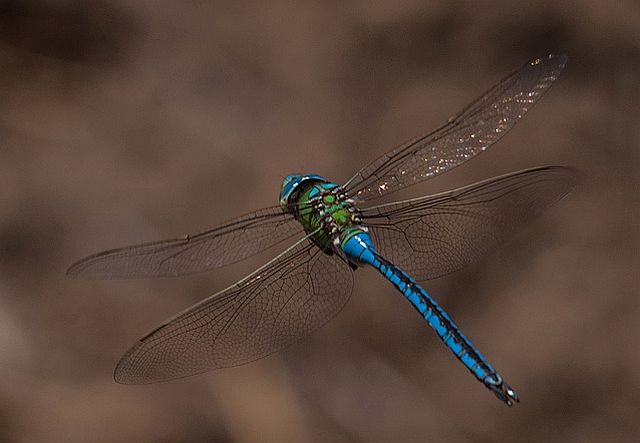 © Joan
© Joan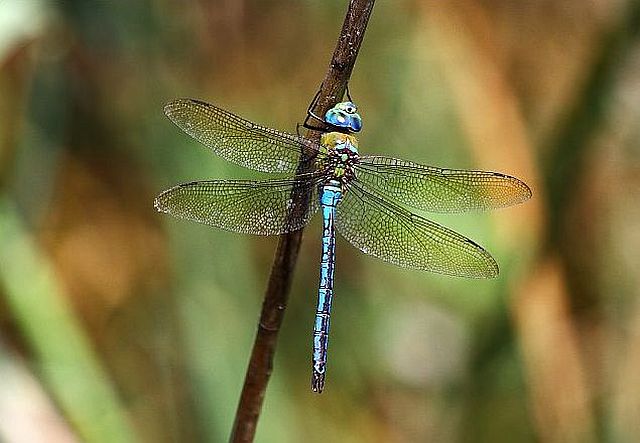 © Sharifa
© Sharifa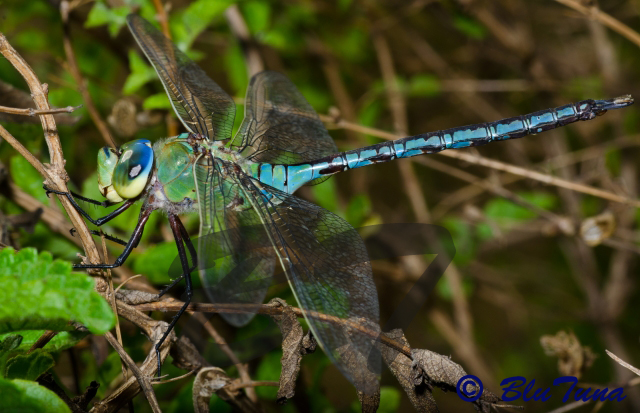 © BluTuna
© BluTuna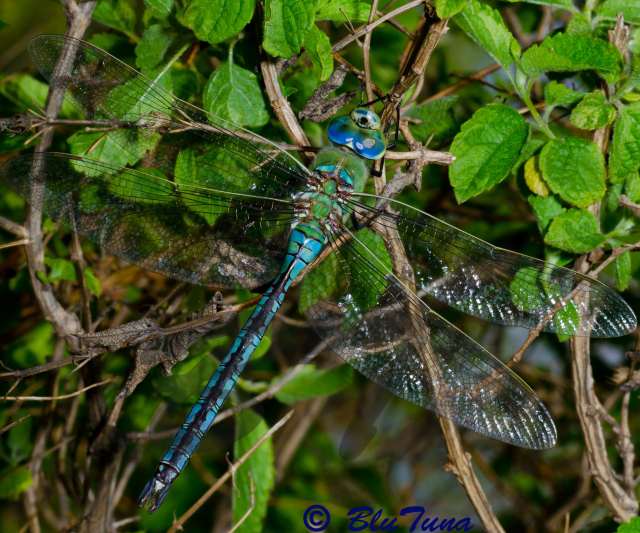 © BluTuna
© BluTuna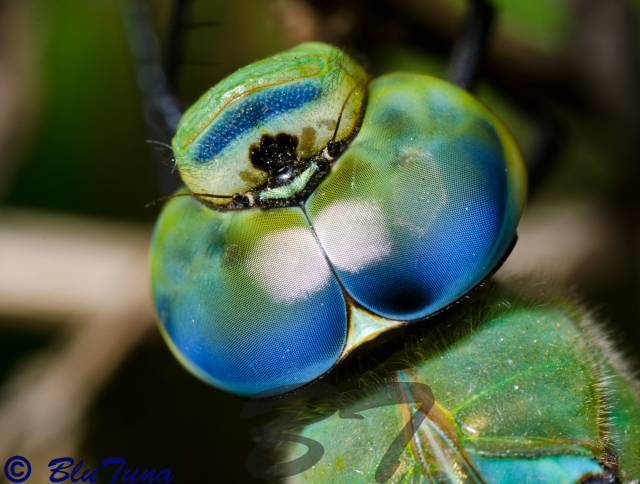 © BluTuna
© BluTuna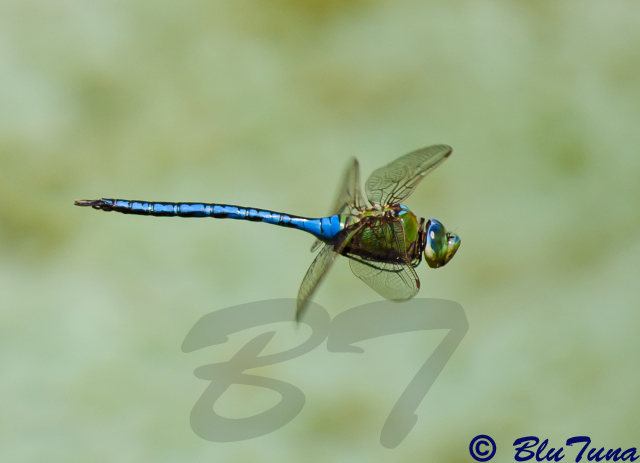 © BluTuna
© BluTuna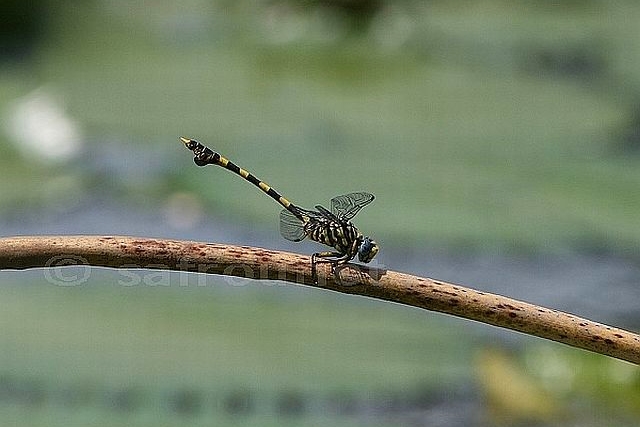 © nan
© nan © Pumbaa
© Pumbaa © Pumbaa
© Pumbaa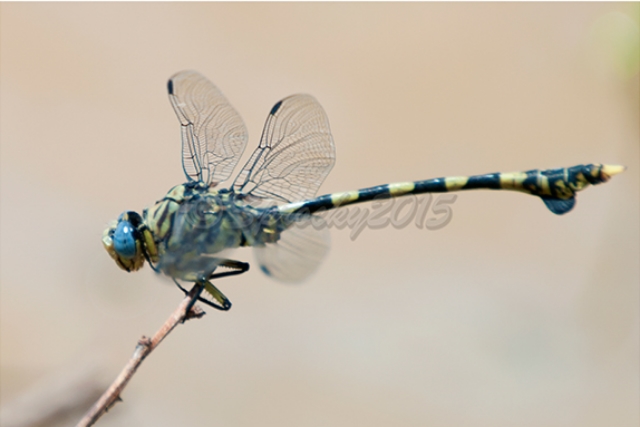 © Sprocky
© Sprocky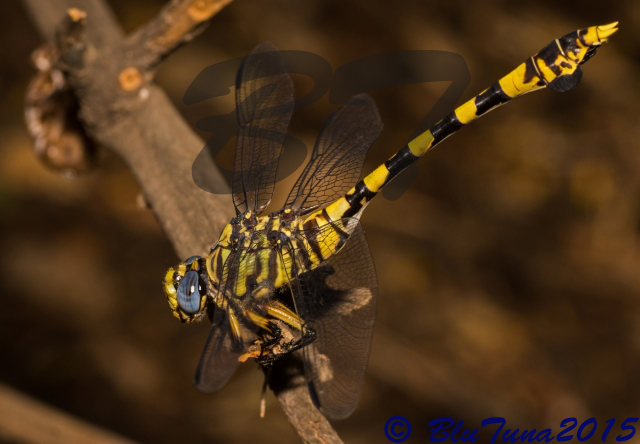 © BluTuna
© BluTuna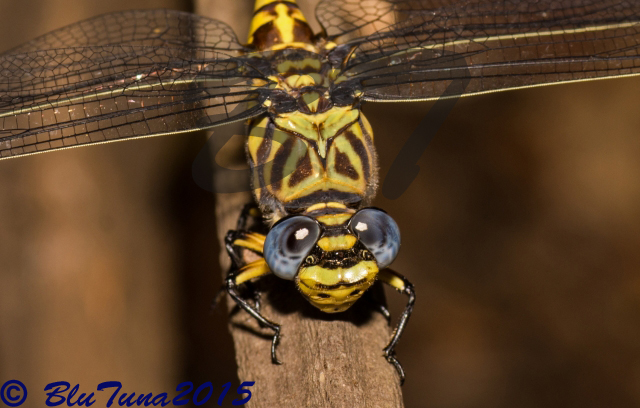 © BluTuna
© BluTuna